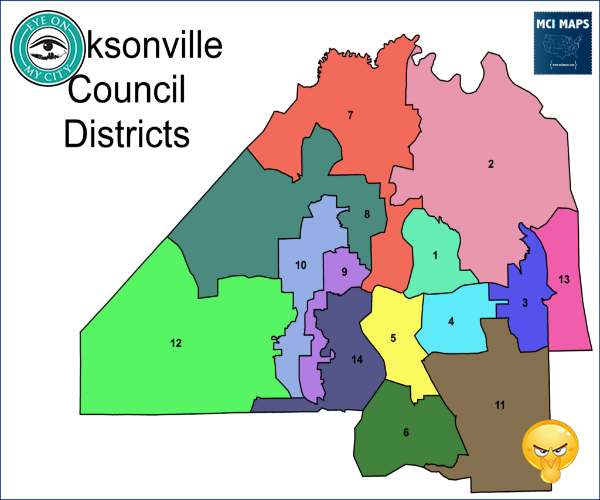
Any fair assessment of the mayor’s proposed budget shows the northwest quadrant of the city getting a large share of the spending during the next five years.
It is alleged by City Council members representing four council districts that those districts have been neglected for years.
Proof of the claim is shaky.
Some contend that only 16 percent of the spending on infrastructure during the past five years has gone to those districts.
If that were true, the question would be why did a majority of the council – including members from those districts – approve the spending plans?
To reach that number, it was necessary to remove selected projects downtown from the spending in those districts. Without that recalculation, it would show 39 percent of the funding went to that area.
The rationale was that those projects, such as demolishing the old City Hall and courthouse, were for the general public and not directly for the benefit of the people in the district that includes part of downtown.
But if you accept that premise, why not do it fairly?
Eye on Jacksonville has not been able to pry the information about past spending out of the mayor’s office so that it could be analyzed.
But the proposed future spending was available in usable form, from other sources.
The mayor proposes to spend $846.6 million over the next five years on capital improvements.
This includes $183 million for public facilities.
The remainder would be spent on quality of life, parks and wetlands, public safety, and roads, infrastructure and transportation.
The four “neglected” districts, 28 percent of the city, would get $263.5 million — or 40 percent of the $663.6 million in total spending over five years, without considering public facilities.
Therefore, neglect – whether real or imaginary – would be corrected in the mayor’s proposed budget.
Other districts don’t fare as well. District 3 would get nothing. District 14, which includes the wealthy neighborhood of Ortega, would see a mere $7.4 million. Yet, Council Member Randy DeFoor, who represents that district, says it has serious drainage problems.
That highlights important information missing in the debate so far. Where are the pressing needs? Does the mayor’s budget, which requires no increase in the tax rate, cover all that is needed?
If it does not, the question Eye keeps asking remains: What did all the billions of dollars spent in recent years accomplish?










